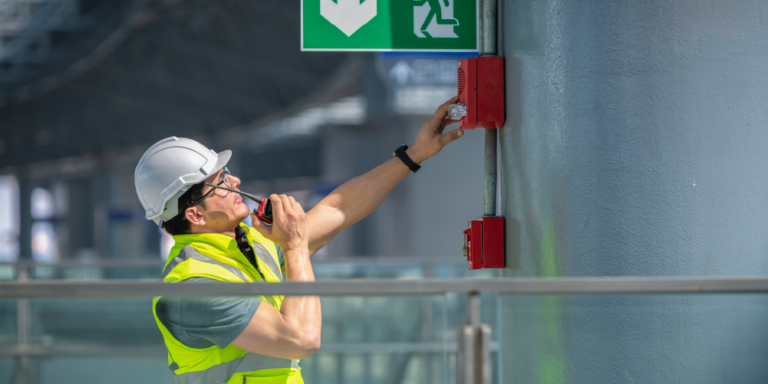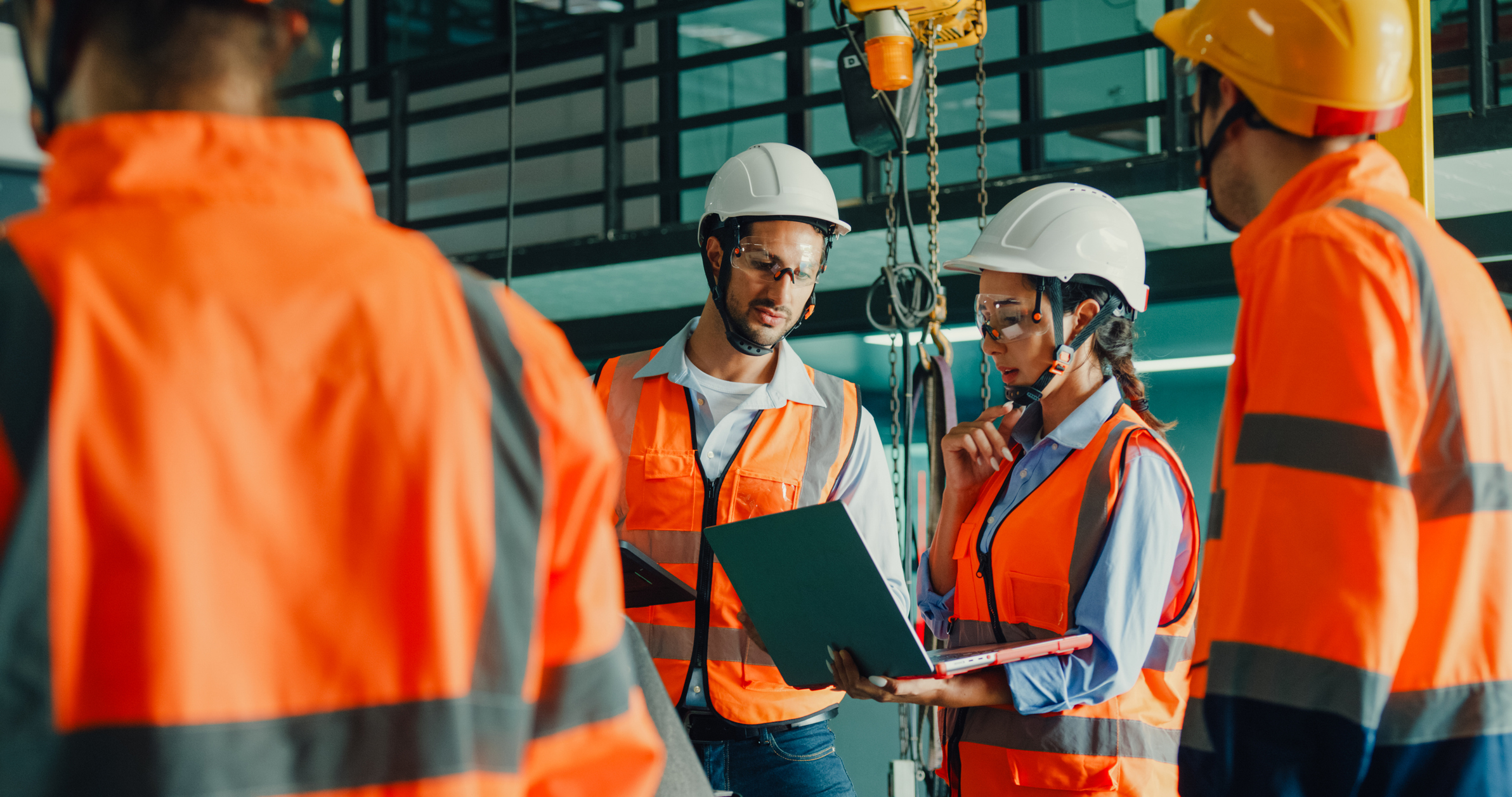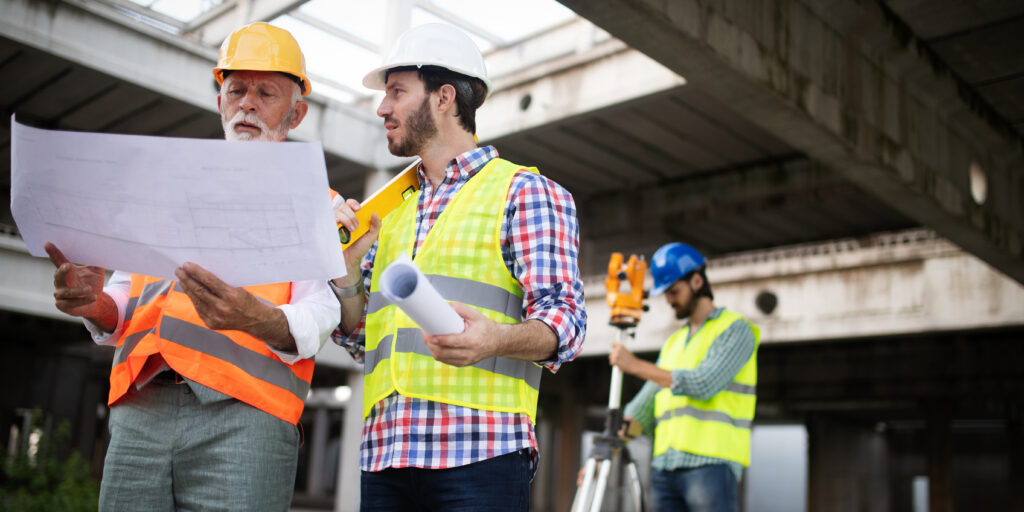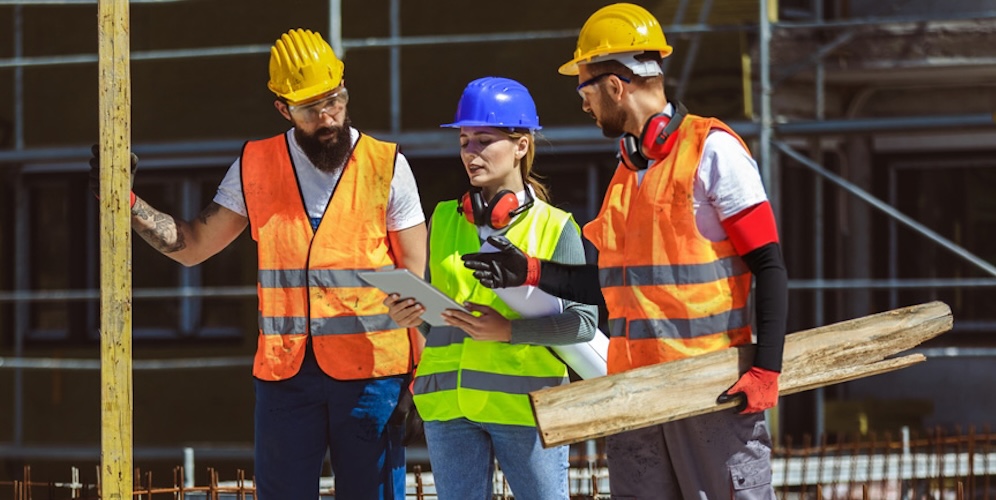— 5 min read
The Role of BS 9991 in Fire Safety
Last Updated Mar 26, 2025
Last Updated Mar 26, 2025

Managing fire safety in residential buildings is complex yet vital for protecting lives and property. BS 9991 is a practical guide for construction teams tackling fire safety challenges in residential projects. From escape routes to alarm systems, this standard helps professionals make informed decisions while meeting compliance requirements.
Table of contents
Understanding the Basics
While its companion standard, BS 9999, handles commercial properties, BS 9991 focuses on keeping people safe in their homes - making it a comprehensive guide to fire safety in residential buildings. This standard covers everything from single-family homes to student accommodation.
If you're involved in designing, building or managing residential properties, BS 9991 provides the framework you need to protect occupants, nearby residents and firefighters who might need to access the building.
BS 9991 works alongside other key regulations, including the Building Safety Act, which has transformed how we approach safety in residential buildings. It also complements the Construction Design and Management Regulations 2015 (CDM), which sets out legal duties for managing safety throughout construction projects.
When implementing fire safety measures, you'll also need to consider Part L Building Regulations, specifically where fire safety features interact with energy efficiency requirements.
Shape the Future of the Built Environment at Procore's Construction Summit
Engage with construction leaders and discover the latest technology and best practices that are driving change across the industry.

Key Fire Safety Measures in BS 9991
BS 9991 emphasises that fire safety goes beyond practically installing equipment; it's about developing a cohesive system where all elements function together effectively. BS 9991:2015 standard breaks this down into several key areas:
Detection and Alarms
Early warning systems can make all the difference in an emergency, which is why BS 9991 outlines where you need detectors and what type works best in different situations for the best coverage throughout your building.
Fixed Firefighting Systems
From sprinklers to other fire suppression methods, these systems form your first line of defence against fire spread. This standard guides your choice of system and its positioning while considering your building's specific layout and needs.
Smoke Ventilation
Keeping escape routes clear of smoke is vital for safe evacuation. BS 9991 explains how to manage smoke movement through your building. This goes a long way towards making sure occupants have the best chance of reaching safety quickly.
Evacuation Strategies
Every second counts during an emergency. This standard helps you plan and implement effective evacuation procedures, taking into account different occupant needs and building characteristics.
Structural Protection
Your building must stand up to fire long enough for everyone to leave safely. BS 9991 specifies the necessary structural fire resistance requirements, assuring your materials meet these critical standards.
What's changing in BS 9991?
Fire safety standards don't stand still—they change as we learn more about keeping people safe, which is why the latest updates to BS 9991 bring some significant changes:
Evacuation Lifts
Evacuation lifts are now a must-have for taller buildings, not just a nice-to-have. Buildings over 18 metres now need two evacuation lifts, regardless of how many staircases they have. These lifts also need their own lobby areas, creating safer spaces between residential areas and escape routes.
Enhanced Sprinkler Requirements
If a building has floors over 11 metres high, it’ll need sprinklers throughout— including corridors and stairways; having complete coverage helps contain fires before they can spread.
Smarter Smoke Control
Natural ventilation now has height limits - you can use it in buildings up to 30 metres tall. Beyond that, you'll need mechanical systems or pressure differential setups, especially where people have further to travel to safety.
Better Warning Systems
Buildings over 18 metres with stay-put policies need evacuation alert systems that meet BS 8629 requirements. These systems help firefighters manage evacuations more effectively.
Stronger Structures
Higher buildings now need more protection—90 minutes of fire resistance instead of 60 for buildings over 18 metres. Also, timber structures are no longer an option if you're building high-rise buildings.
Why BS 9991 Matters in Practice
While building regulations set the baseline for fire safety, BS 9991 gives you the detailed guidance needed to install effective solutions.
The standard helps you:
● Make informed decisions about fire safety measures
● Design buildings that protect occupants effectively
● Create clear evacuation strategies
● Choose the right equipment and systems
● Meet regulatory requirements with confidence
Fire engineers and designers often prefer working with BS 9991 because it offers more flexibility while maintaining high safety standards.
The Future of Fire Safety Standards
As fire safety best practices, building methods and materials continue to evolve, BS 9991 evolves with them. The standard incorporates lessons learned from real events and takes advantage of new technology and better fire safety practices to make sure fire safety keeps pace.
For construction professionals, staying current with BS 9991 means:
● Better protection for building occupants
● Clearer guidance on implementing safety measures
● More effective use of modern technology
● Greater confidence in design decisions
● Improved building safety outcomes
This ongoing evolution of standards reflects our industry's commitment to learning and adapting, creating increasingly safer environments for all who occupy our buildings.
Working with BS 9991
Whether you're designing a new purpose-built building or upgrading an existing one, BS 9991 provides the information you need. Focus on understanding how different safety measures work together, and remember that the standard aims to create practical, effective solutions.
Some key tips for working with BS 9991:
● Start with the basics and build up your understanding
● Consider how different safety systems interact
● Keep up with updates and changes to the standard
● Consult with fire safety experts when needed
● Document your decisions and their rationale
By following BS 9991's guidance, you're creating safer homes for people.
The Role of BS9991
Fire safety is an ongoing commitment. Regular reviews of the latest drafts and amendments are key to guaranteeing safety measures remain effective throughout a building's life. BS 9991 provides the guidance you need to make this happen. You don't have to go far to view the latest version of this standard; here's a free, up-to-date BS9991 download.
Categories:
Tags:
Written by
Nicholas Dunbar
27 articles
Nick Dunbar oversees the creation and management of UK and Ireland educational content at Procore. Previously, he worked as a sustainability writer at the Building Research Establishment and served as a sustainability consultant within the built environment sector. Nick holds degrees in industrial sustainability and environmental sciences and lives in Camden, London.
View profileExplore more helpful resources

Leveraging Analytics for Better Financial Forecasting in Construction
Financial forecasting is a difficult task in any industry. In construction, where companies need to manage volatile material costs, labour shortages and variation orders on a daily basis, fluctuations in...

Strategies to Prevent Rework: The Importance of Clear Instructions
In construction, “rework” is the dreaded process of redoing tasks due to mistakes, quality issues, or safety concerns. This unnecessary work drains budgets through wasted materials and labour while causing...

Building a Culture of Quality in Construction: How Safety Approaches Can Transform Quality
The UK construction industry faces persistent quality issues that compromise safety, inflate costs, and erode trust. Despite universal pursuit of excellence, high rates of rework and defects cost billions annually...

Mastering Document Control in Construction Projects
The construction industry generates enormous volumes of paperwork. A single project can produce countless documents, making organisation, accessibility, and security essential. Construction document control systematically manages project-related documents, giving teams...